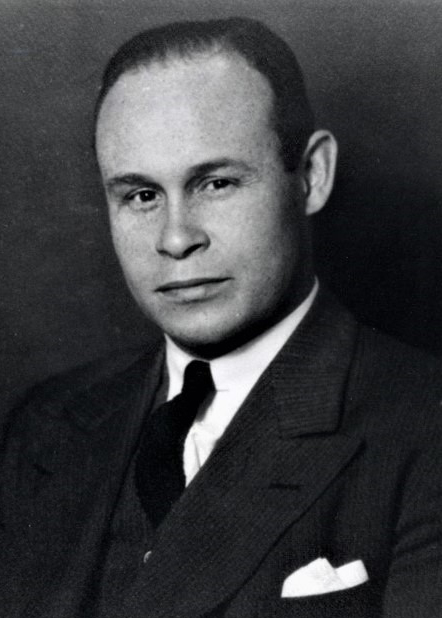1939, Europe was struck by a massive epidemic of White on White violence, known as World War II. In 1940, Dr. Charles Drew was called upon to be the director of the Blood for Britain project to help the island nation survive the Nazi’s bombardment.
Born in 1904, Drew was internally driven to become a doctor after his 13-year-old sister, Elsie, died from the flu pandemic in 1920. The innovation he’s best known for was separating plasma (the liquid part of blood) from whole blood. Plasma could then be freeze-dried, stored for long periods of time, and reconstituted for transfusions to people of every blood type. This breakthrough, along with his management of Britain’s first blood bank saved thousands of lives.

“I think the Army made a grievous mistake, a stupid error… It was a bad mistake for 3 reasons: (1) No official department of the Federal Government should willfully humiliate its citizens; (2) There is no scientific basis for the order; and (3) They need the blood.”
Dr. Charles Drew’s innovations remain influential in saving lives during the coronavirus pandemic, which brings us full circle to what prompted him to pursue medicine in the first place.
https://www.nationalww2museum.org/war/articles/medical-innovations-blood-banking
https://www.youtube.com/watch?v=vFddM7p2zH4